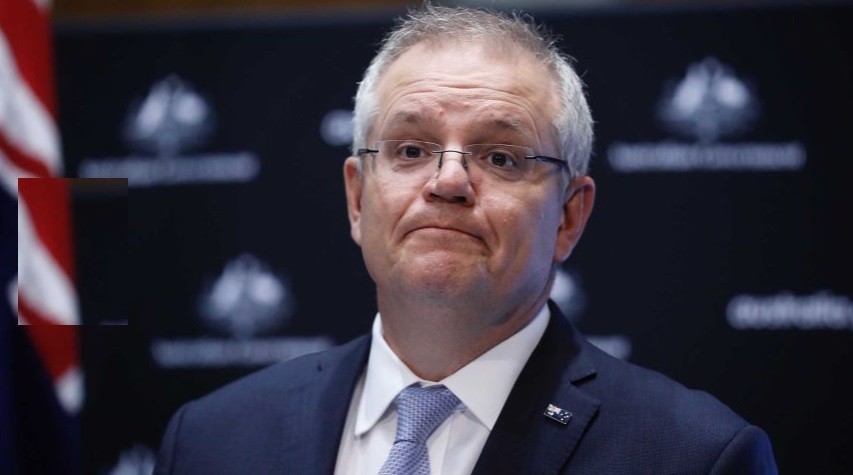A major restriction on public gatherings has been scrapped as Australia moves towards the final stage of easing coronavirus restrictions, expected to begin in July.
The 100-person cap on all indoor gatherings, which was planned for stage three, has been scrapped. In its place a “four-square-metre rule” is set to be introduced for indoor venues. Crowds of up to 10,000 people will also be allowed at stadiums with allocated seating.
The changes open up crowds for sporting events, music festivals and gatherings like weddings and funerals.
But these measures are constantly under review.
Here’s what we know from Friday’s press conference.
What type of venues will be open?

Events at stadiums with a capacity of 40,000 or less, which are ticketed with set seating, will be open.
Those venues can only run at 25 per cent capacity and social distancing rules must be followed.
“This is something that would be happening as part of step three, where states and territories choose to move to that, and it will require a bit more work,” Prime Minister Scott Morrison said while announcing the new measures.
“So that’s in July — we have to give venues and others time to prepare for that sort of change.”
He said access to locations like bar areas at stadiums still needed to be worked out.
Venues with a capacity of more than 40,000 people may be opened up after stage three is announced, but Mr Morrison said more work needed to be done.
Mr Morrison said the announcement was made to give time for sporting codes and governments to make preparations.
For indoor gatherings, venues will require a minimum of four square metres of space per person.
Effectively, venues will only be limited by their size. Large indoor venues will be able to have more people than smaller ones — including for weddings.
Which stadiums qualify?
All the major stadiums across the country will not qualify under the new rules for crowds to return.

That includes the MCG (100,000) in Melbourne, Sydney’s Olympic Stadium (83,500), Perth Stadium (60,000) and Lang Park (52,300) in Brisbane.
The largest venue that qualifies under these rules is Kardinia Park in Geelong (36,000).
So with the 25 per cent rule the largest number of people who could attend an event there would be 9,000.
Venues that could qualify include Melbourne’s AAMI Park (30,000), Newcastle’s Hunter Stadium (33,000) and Gold Coast’s Robina Stadium (27,000) among others.
And what about music festivals?

Mr Morrison mentioned music festivals will be allowed — just don’t expect the organisers of Splendour in the Grass to be able to backtrack on the festival’s cancellation.
“Outdoor festivals will be allowed, but they will need to offer seating to patrons,” he said.
“If we’re talking about large folk festivals where people roam around from tent to tent, and gathering to gathering, that is not something that is being talked about here.
“The changes will be implemented as states move to ease restrictions at their own pace.”
He said any events would need to be ticketed and seated so authorities know who attended and where they were seated, allowing for more accurate contact tracing.
Nightclubs?
They are not on the agenda.
“We’ve seen overseas, nightclubs is one area of failures,” Mr Morrison said.
In the Northern Territory, where nightclubs are not prohibited, current social distancing rules means clubs have not opened because it not commercially viable.
“I wouldn’t anticipate those venues opening any time soon or as I said, those larger mass gathering festivals that take place,” Mr Morrison said.
Weddings and funerals?
Weddings, funerals and other gatherings, such as religious events, would only be limited to the size of the indoor venue they are held in, according to the four-square-metre rule.
Mr Morrison used funerals as an example for this change to proposed restrictions.
“That includes funerals, it also includes funerals for outdoor areas as well,” he said.
“This is an issue, as you know, that’s caused great heartache across the community.
“If they’re larger funerals, they can have more people and if they’re outdoor venues, with proper seating they can have larger gatherings.”
When will this all happen?
It could be in a couple of weeks.
States and territories are setting their own timelines for easing restrictions, but all states are expected to reach stage three in July.
For example, Queensland has suggested July 10 while Tasmania announced it would move to ease more restrictions on June 26.
At Friday’s press conference Mr Morrison said stage three was expected to come in nationally from “sometime in July”.















